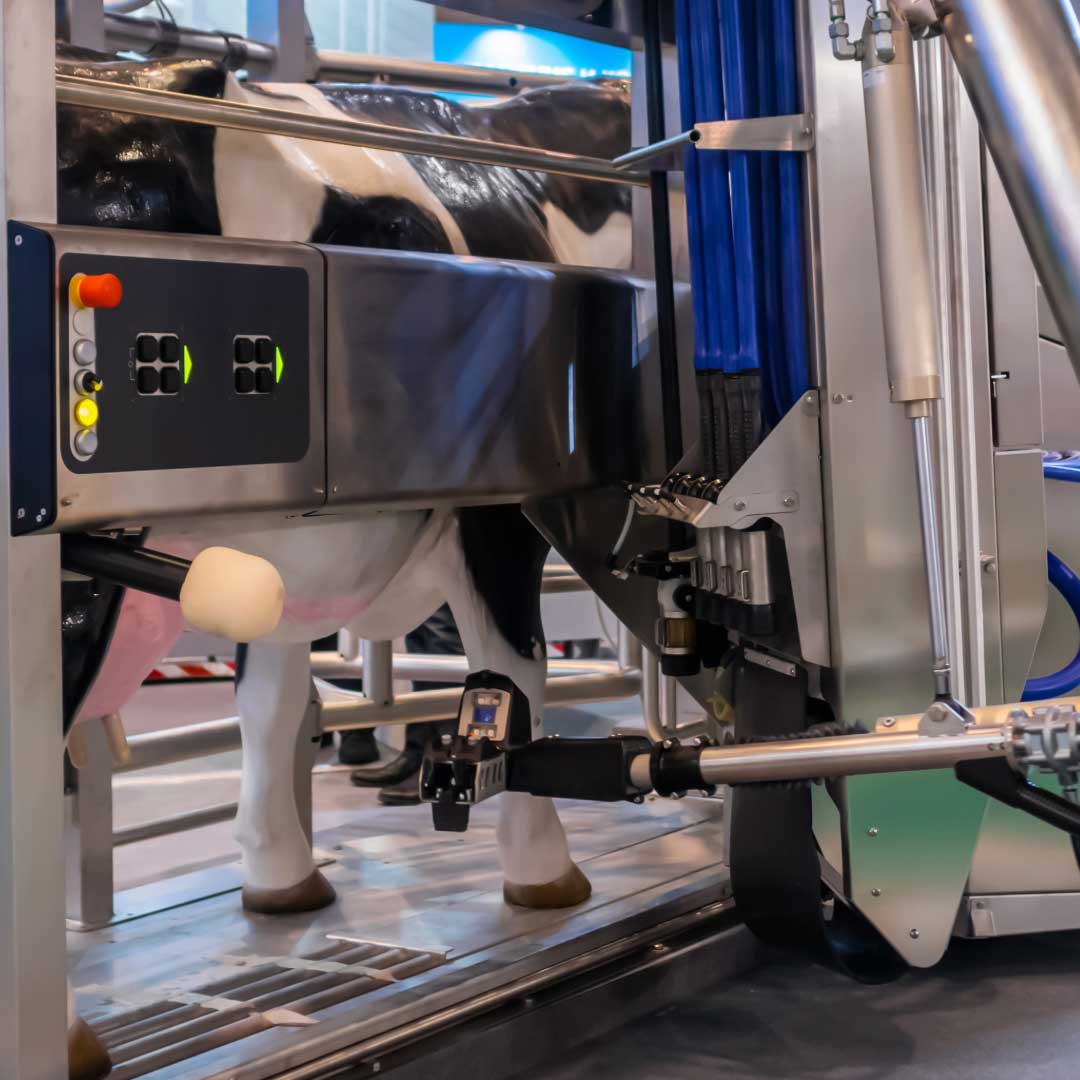Nutrition and Feeding Fundamentals in Automatic Milking Systems
This article explores how feeding at the AMS works, options for feed types, strategies for feed allocation and formulation, and bunk management.





This article explores how feeding at the AMS works, options for feed types, strategies for feed allocation and formulation, and bunk management.
Dr. Doug Reinemann, Dr. Marcia Endres, and Dr. Nesli Akdeniz Onuki – experts in Automatic Milking Systems (AMS) – answer questions submitted by farmers and their advisors.
Thinking through key steps of the breeding process, such as how heat detection will occur and where cows will be bred, can help farmers more seamlessly adjust to daily routines with AMS.
When thoughtfully applied, grouping can help improve overall efficiency in farm operations and management.
This article explores the primary strategies for drying cows off in automatic milking systems (AMS). Broadly, dry-off strategies fall into two categories: abrupt or gradual.
While many core strategies for fresh cow management apply across both conventional and Automatic Milking Systems (AMS), AMS facilities introduce some unique considerations. Understanding these can help farmers optimize cow health, production, and farm workflow.
Maintaining an Automatic Milking System (AMS) is like maintaining a car or a tractor. Many maintenance tasks are simple, routine, require minimal time, and can be performed by farm staff.
Understanding how milk harvesting functions within an Automated Milking System (AMS) is essential for any dairy producer considering its adoption.
What makes Automatic Milking Systems (AMS) different from conventional systems is that cows bring themselves to the robot to be milked. While this allows for greater flexibility in managing tasks and cow routines, it also introduces a new management challenge: fetch cows.
In Automatic Milking Systems (AMS), some cows may not visit the AMS as often as expected and need to be fetched for milking. The goal is to not only get the cow milked, but to do so in an efficient way that encourages her to return voluntarily in the future.
Managing hoof health in AMS herds means being proactive with both design and daily routines.
The use of Automatic Milking Systems (AMS) on dairy farms has steadily grown since their introduction in the late 1990s and early 2000s. Also known as Robotic Milkers, AMS utilizes robotic arms, sensors, and automated controls to milk cows with minimal human intervention.